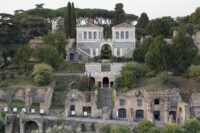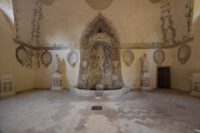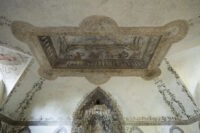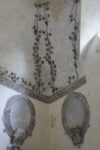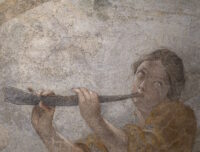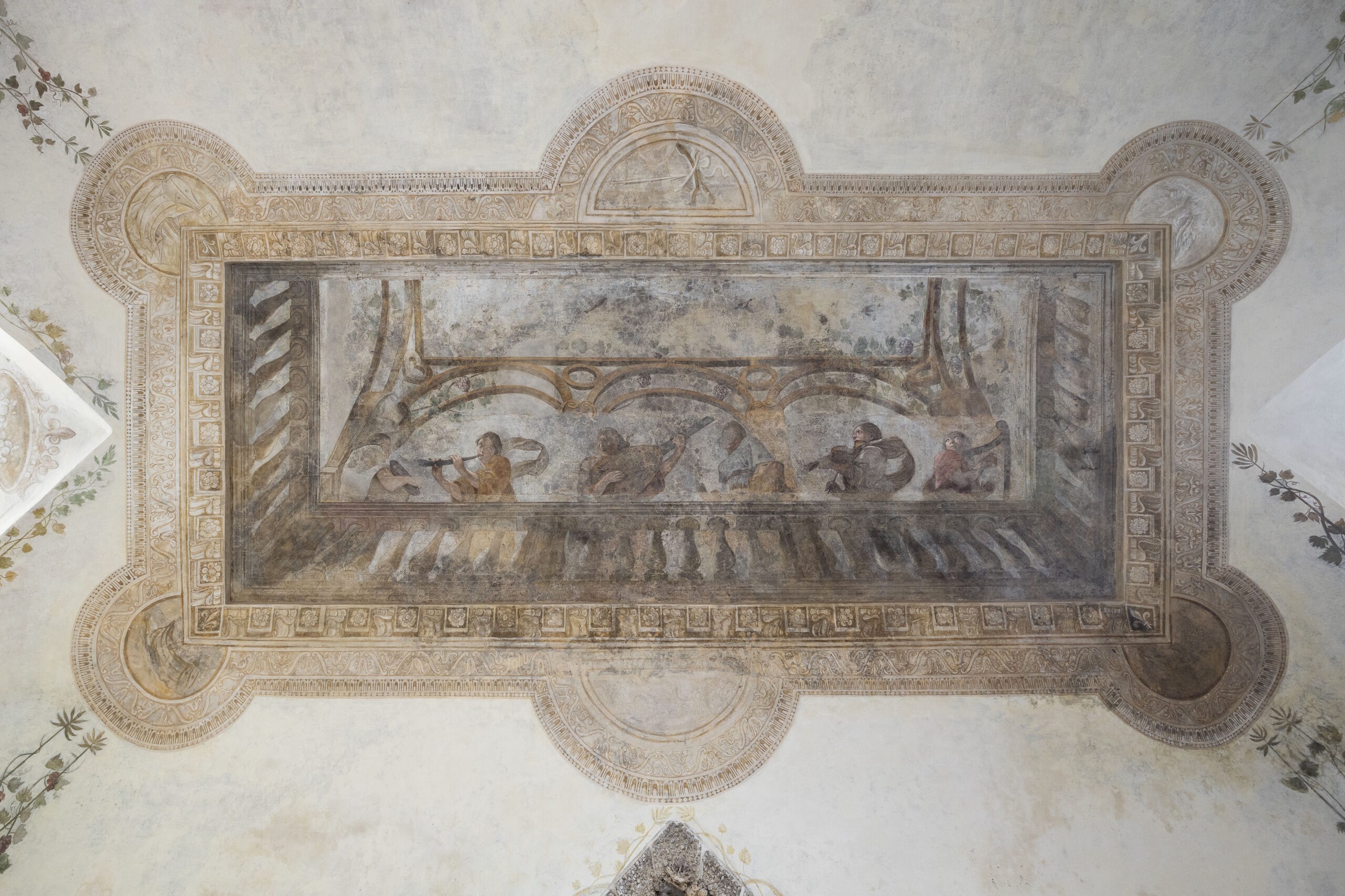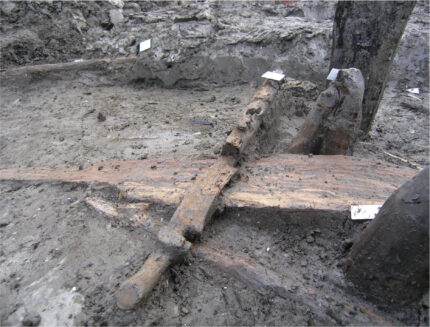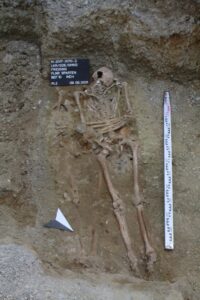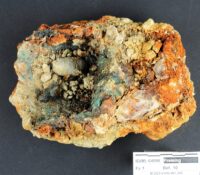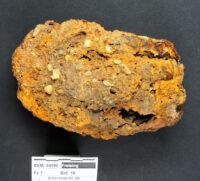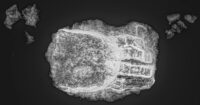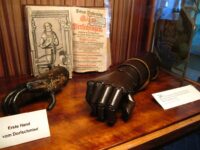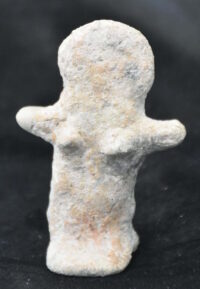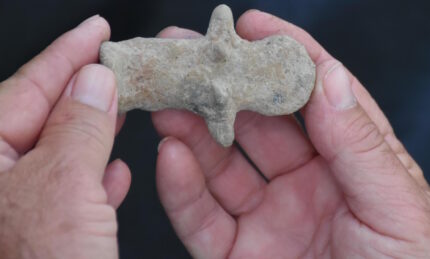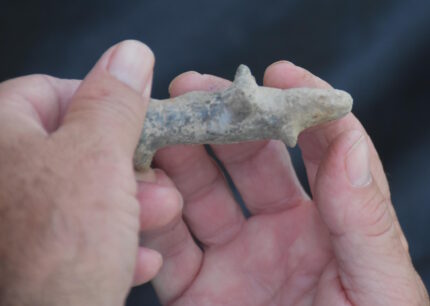 An intact double-chambered Etruscan tomb has been opened at the Casale dell’Osteria necropolis in the Archaeological Park of Vulci, central Italy. It is approximately 2,600 years old and contains a rich collection of pottery, amphorae, utensils, cups and a bronze cauldron. The objects are all in excellent condition, including a tablecloth that was used in the Etruscan religious ritual of the “last meal,” a food offering burned inside the tomb before it was sealed.
An intact double-chambered Etruscan tomb has been opened at the Casale dell’Osteria necropolis in the Archaeological Park of Vulci, central Italy. It is approximately 2,600 years old and contains a rich collection of pottery, amphorae, utensils, cups and a bronze cauldron. The objects are all in excellent condition, including a tablecloth that was used in the Etruscan religious ritual of the “last meal,” a food offering burned inside the tomb before it was sealed.
The tomb, dubbed Tomb 58, was first discovered in April of this year, the same time when another richly furnished Etruscan tomb was opened, revealing the exceptionally rare remains of the final food offering, skewers still on the brazier. The entrance was blocked by multiple slabs of tufa which had to be excavated carefully, one at a time. It wasn’t opened until this month. On October 27th, archaeologists opened Tomb 58.
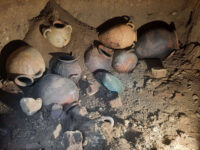
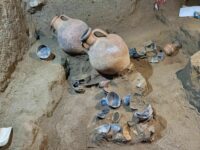 They found a large tomb with two chambers dug into the soft volcanic tufa. The first chamber contained four Etruscan transport amphorae for local wine. The second chamber contained amphorae and ceramics from eastern Greece, Ionia, Corinth and local production including black bucchero pottery. Archaeologists believe the two amphorae in Chamber B came from the island of Chios, the most prized wine in the Greco-Roman world. A tripod bowl and iron objects were also found in Chamber B.
They found a large tomb with two chambers dug into the soft volcanic tufa. The first chamber contained four Etruscan transport amphorae for local wine. The second chamber contained amphorae and ceramics from eastern Greece, Ionia, Corinth and local production including black bucchero pottery. Archaeologists believe the two amphorae in Chamber B came from the island of Chios, the most prized wine in the Greco-Roman world. A tripod bowl and iron objects were also found in Chamber B.
Also very important is the architectural layout, which “Appears to be characterized by a septum spared in the rock that creates an archway between the dromos, that is, the short corridor with steps, and the vestibule, from which there was access to the two chambers, the front and the left: the one, usual, on the right is missing, evidently because the space had already been occupied by other tombs.”
Simona Carosi, archaeologist in charge of the Archaeological and Nature Park, emphasizes how this find “gives us back in an unusual way the actual funerary banquet, as the Etruscans had laid it centuries and centuries ago.”
